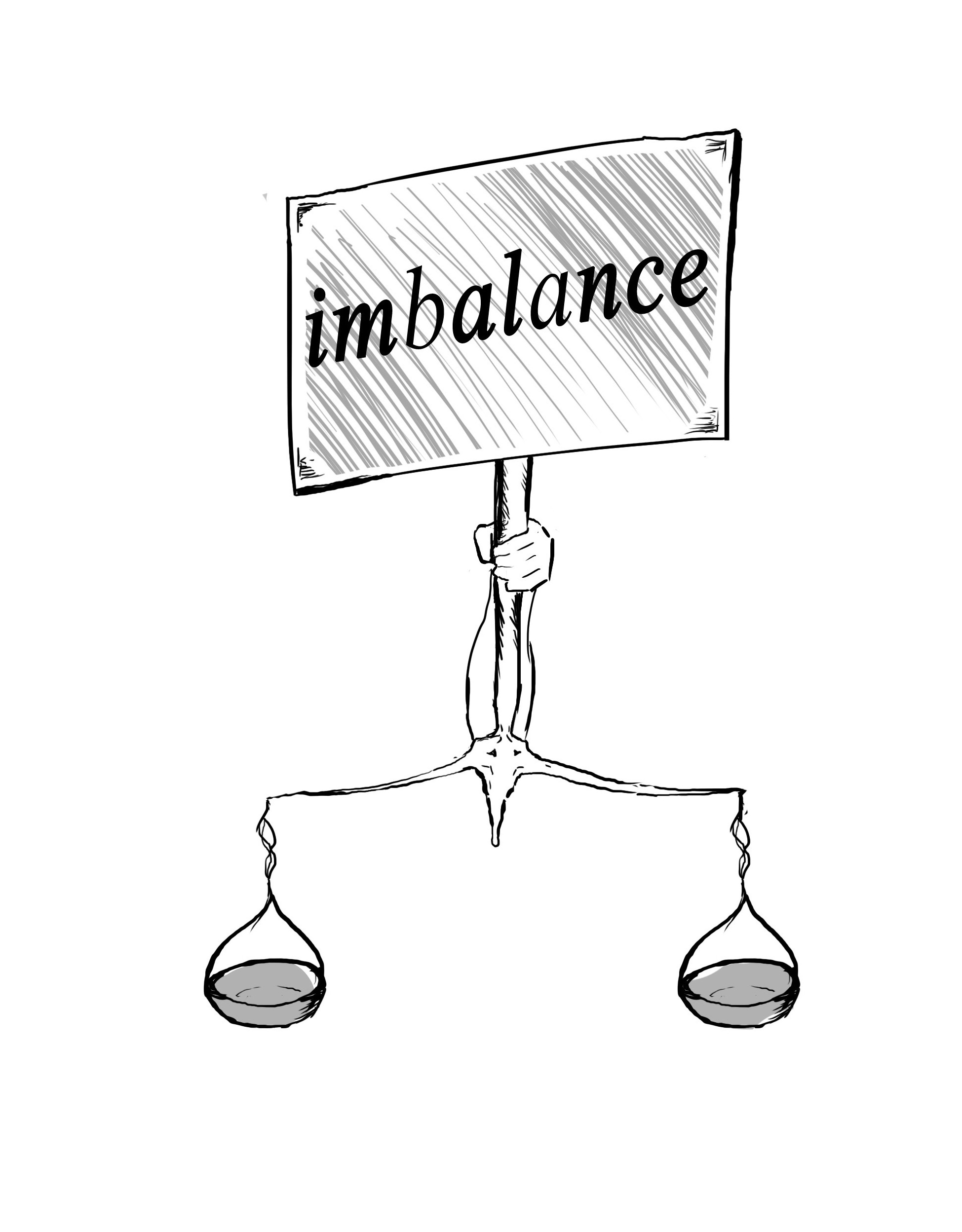OPINION: Social movements suffer from racial, economic imbalances
The February shooting in Parkland, Fla., marked yet another instance of unspeakable tragedy, and our nation was once again reminded that our freedom to bear firearms could have negative consequences when granted to the wrong individuals. The tragedy sparked many protests and movements, from a national school walkout on March 14 to the March for Our Lives which took place in cities across the U.S. on March 24. But this response should remind us of students from marginalized socioeconomic communities who are frustrated that their own experiences never generate such a public response.
It is taking too long for people to acknowledge that gun violence in urban communities has become commodified, and does not draw the same kind of attention and outrage that Parkland has. On a daily basis, students from urban areas like the South Side of Chicago live in constant fear of gun violence. Although they contain just over 10 percent of the population, the 25 largest cities in the U.S. have 20 percent of all firearm homicides. Furthermore, according to the Centers for Disease Control and Prevention, black people are eight times more likely to be killed by firearms than their white counterparts.
The lack of attention to gun violence in these communities raises questions about the public’s priorities. Parkland, a middle-class, primarily white community with an average household income higher than $100,000, drew over 800 protests across the nation. But the number of gun-related deaths in urban areas like Detroit, Baltimore and New Orleans are far, far higher, and are also a gun control issue.
Parkland is another example of how often public attention to social movements tends to start only after a privileged, more respected demographic suffers. In the context of various social movements, minority voices are generally overlooked. Though many social movements speak on behalf of minorities, it is often the case that those in positions of privilege must first be affected for attention to be drawn to the issue. The #MeToo movement has drawn similar criticism, as many felt it was a movement dominated by straight, white women, as well as one that regarded trans, low-income women of color as tangential.
In response to the movement galvanized by the shooting in Parkland, students in Chicago rallied together to demonstrate their unity and support for the community in Parkland and all other schools that have suffered from similar experiences. But they also used this opportunity to express their frustrations that their own concerns regarding gun violence are shared by the public. A few of the students recognized in their speeches that perhaps their status as members of minority groups from a lower socioeconomic background could be the cause of the public’s turning a blind eye.
The gun violence that happens on a daily basis in communities like Baltimore, which has set a new record for the number of per capita homicides at 56 for every 100,000 people, is arguably overlooked by college students because it does not affect their lives as directly. Gun violence on school premises tends to naturally galvanize college student activists who relate to such incidents more closely. But our ability to empathize with those affected by certain issues should not limit our empathy and activism.
As Carrie Zaremba, a student who attended the March for Our Lives rally in Chicago, said in an interview with The New York Times, “It shouldn’t take a mass shooting in a predominantly white area like Parkland to start caring about gun violence.”
College students are the age demographic that is often the most liberal. They are responsible for spearheading many social movements, and calling into question previously established social norms and precedents. But they often fail to concern themselves with gun violence that can be a daily reality for communities unlike theirs until it affects them or people from communities similar to their own.
Here at USC, sheltered within the gates of our University, we sometimes cannot see beyond our bubble of safety. It should not take a major school shooting like Parkland for us to recognize that 271 homicides happened in Los Angeles in 2017, and that gun violence is a persistent problem in our surrounding communities. Though it often takes mass school shootings to draw the public’s attention, gun violence is an issue that affects countless communities, and every case demands attention and activism.

